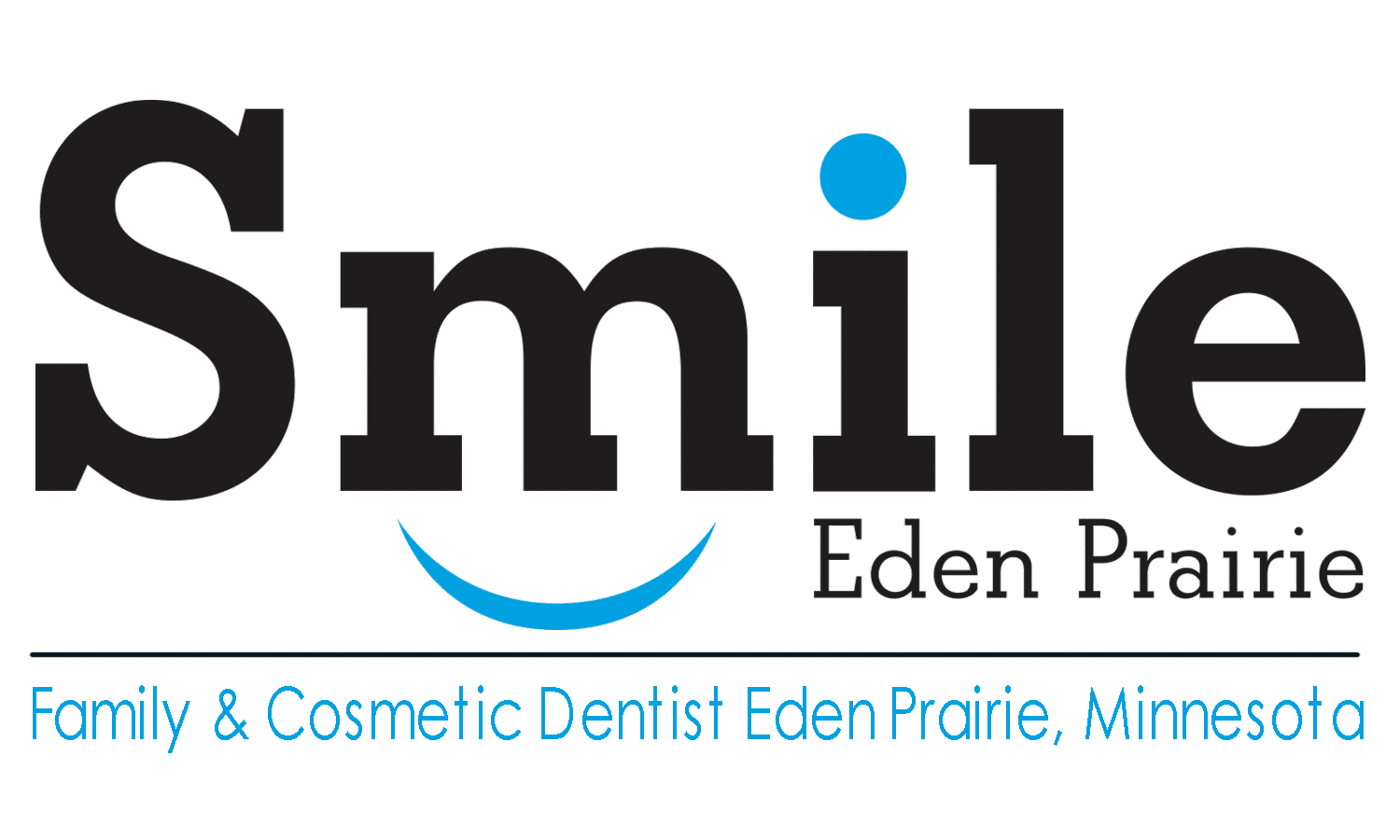General Dentistry Concepts: Toothbrush
The toothbrush is an instrument which is used to clean the teeth, gums and tongue. It contains a head of tightly clustered bristles which is mounted on a handle. The long handle helps reach all the areas of the mouth. Toothpaste is usually placed on top of the bristles for brushing. Toothbrushes are usually recommended along with flossing for a good oral hygiene regimen.
Toothbrushes are available in a variety of different bristle textures, sizes and forms. Most dentists recommend that patients use a soft toothbrush as hard-bristled toothbrushes can damage the tooth enamel and irritate the gums.
Because some of the common ingredients found in toothpaste are harmful if swallowed in large doses, patients are instructed to spit the remnants out after brushing. Brushing teeth is often completed at a sink in the kitchen or bathroom. This also allows patients to rinse off the toothbrush after brushing to remove any remaining debris and then set it aside to dry out.
Although the toothbrush initially intended to be used as an oral hygiene instrument, the toothbrush has adapted to be used as a precise cleaning tool as well. It is specifically used for cleaning in the military. The plethora of small strands allow it to clean in small, conspicuous areas which conventional cleaning tools cannot reach.
Some toothbrushes are made with wooden handles, often from bamboo. It is also quite common for toothbrushes to be made from inexpensive plastic. Toothbrushes can be a prominent source of pollution. More than 1 billion toothbrushes are disposed of annually, just in the United States. Bristles are commonly made from nylon which is not biodegradable but can be recycled.
In January 2003, the Lemelson-MIT Invention Index chose the toothbrush as the top invention that Americans couldn’t live without.
Electric toothbrush
It has been discovered that compared to a manual toothbrush, an electric, multi-directional power brush can help reduce the presence of gingivitis and plaque. Electric brushes can also be more expensive. An electric toothbrush rotates its bristles and aids in cleaning hard to reach places. Most studies report the performances is equivalent to the use of a manual toothbrush. The electric toothbrush can be more comfortable to use. Additional features such as a timer and pressure sensors can help ensure a safe and thorough cleaning process. Electric toothbrushes are usually classified by their speed capabilities. The different classifications include a standard power toothbrush, sonic toothbrush and ultrasonic toothbrush. Any electric toothbrush is also technically considered a power toothbrush. If the motion of the toothbrush is produces an audible hum with a frequency range (20-20,000 Hz), it is classified as a sonic toothbrush. Any electric toothbrush which moves faster than this limit is classified as an ultrasonic toothbrush.
Hygiene and care
Because there is a risk of transmitting diseases, it is not recommended to share toothbrushes with others. Following the use of the toothbrush, it should be rinsed with water and set aside to dry. Worn-out toothbrush bristles can result in ineffective cleaning. Dentists recommended that toothbrushes when they appears to be worn-out or damaged. Depending on the use and durability of the device, toothbrushes should be replaced every few months.

